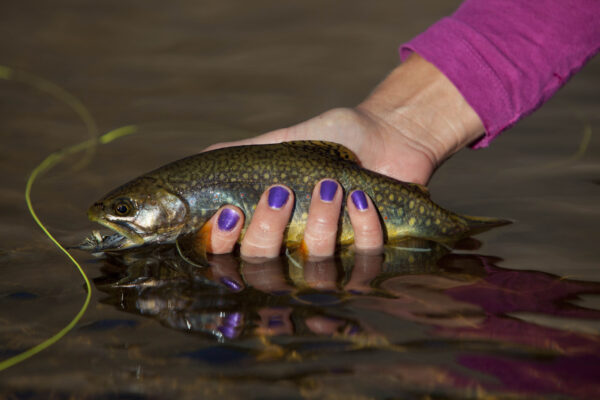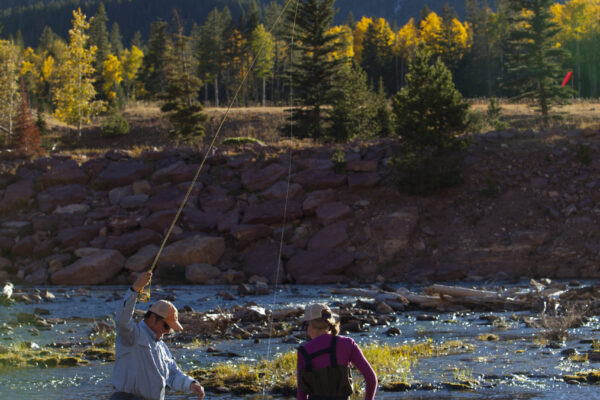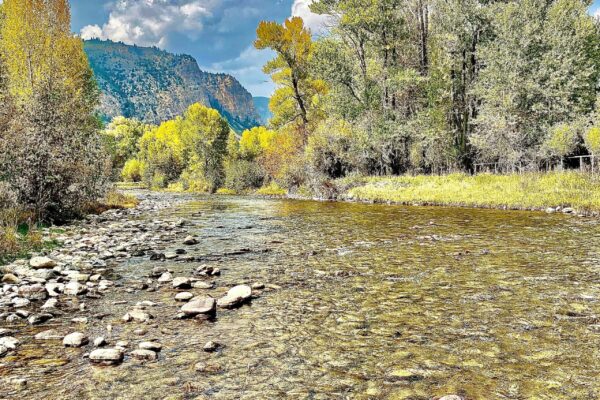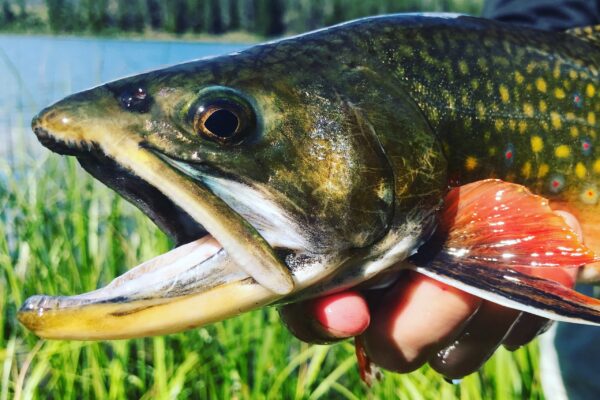Nestled in the northeastern reaches of Utah, the Uinta Mountains rise in a bold and beautiful sweep—a serrated spine of ancient granite, glacier-carved basins, and high alpine meadows. Here, the crisp scent of pine and spruce mingles with the rushing chorus of cold water, and in the dappled light of aspen groves, wild trout slip like living shadows through riffle and pool. For the fly angler, the Uinta Mountain streams promise both challenge and reward: crystalline water, solitude in wild country, and the chance to coax native fish to a well-presented fly.
The Uinta Mountains, stretching east to west unlike their north-south neighboring ranges, form the roof of Utah. With over 1,000 lakes and hundreds of miles of streams, this wilderness is a haven for all who seek wild places. Above timberline, the peaks scrape the sky at over 13,000 feet, but it is in the lower elevations, where snowmelt and springs gather, that streams carve through forest and meadow. These waters are home to cutthroat, brook, rainbow, and the occasional brown trout, their vivid colors reflecting the clarity of their world. Here are a few reasons why we love to fish the Uinta streams at Falcon’s Ledge Lodge.
- Pristine Waters: Many Uinta streams flow unimpeded, cold year-round, and unspoiled by development. The waters here are fed by snowmelt and high-altitude springs, creating ideal habitat for trout and aquatic insects.
- Diverse Stream Types: From tumbling freestone creeks to glassy meadow stretches, anglers can find everything from pocket water to deep pools. Each stream has its own personality, and fishing techniques must adapt to match.
- Solitude: While the Uintas are popular with hikers and backpackers, many streams require a hike-in approach, ensuring that even at the height of summer, it’s possible to fish in complete solitude.
- Wild Trout: The native Bonneville and Colorado River cutthroat trout are jewels of the Uintas, thriving alongside introduced brook and rainbow trout. Catching and releasing a native cutthroat in these ancestral waters is a true privilege.
The fishing season in the Uintas typically begins in late May or early June, as snow begins to melt and streams run high and cold. Peak fishing is in July and August, when water levels drop, aquatic insect hatches are at their best, and the weather is warm but rarely hot. September and early October can be magical, as fall colors blaze and trout feed aggressively before winter returns.
Here is a list we recommend bringing when you come to Falcon’s Ledge to fish the Uinta rivers and streams. We can provide any of these items if you don’t have them or prefer not to bring them on your trip.
- Rod and Reel: A 3- to 5-weight rod, 7.5 to 8.5 feet long, is ideal for most streams. Pair it with a responsive reel and floating line.
- Leaders and Tippet: 7.5 to 9-foot leaders tapered to 4X or 5X are perfect for most situations. Carry spools of 5X and 6X tippet for spooky fish in clear water.
- Flies: The Uintas are classic dry fly country. Essential patterns include Parachute Adams, Elk Hair Caddis, Stimulators, and terrestrials like beetles and ants. For nymphing, try Hare’s Ears, Pheasant Tails, and Prince Nymphs.
- Waders and Boots: In early summer, wet wading may be cold, so pack lightweight breathable waders and good boots with grippy soles.
- Backcountry Essentials: Always carry a small first aid kit, bear spray, extra layers, and a water purifier or filter.
The streams of the Uintas are as varied as the terrain itself. Some tumble through narrow, boulder-strewn canyons, creating classic pocket water where trout strike fast and hard. Others meander through open meadows, their undercut banks sheltering wary fish. Learning to “read” the water is as important as choosing the right fly.
- Pocket Water: Cast upstream and let your dry fly drift naturally through choppy currents. Strikes are often sudden and splashy.
- Meadow Stretches: Stealth is key. Approach quietly, stay low, and use long leaders to avoid spooking fish.
- Deep Pools: Early in the season, try nymphs or small streamers in deeper water where trout seek cool refuge.
From late June through September, aquatic insect hatches paint the air: caddis, mayflies, stoneflies, and midges. Match the hatch when possible, but don’t hesitate to switch to attractor patterns if nothing is rising. Terrestrials become important in August and September. Here are the flies we would recommend when coming to fish the Uinta rivers and streams near Falcon’s Ledge Lodge.
- Dry Fly Favorites: Parachute Adams (sizes 14–18), Elk Hair Caddis (sizes 12–18), Royal Wulff, Stimulator, and Yellow Humpy.
- Nymphs and Wet Flies: Hare’s Ear, Pheasant Tail, Copper John, Prince Nymph, and soft hackles.
- Terrestrials: Black ant, beetle, and grasshopper patterns are deadly in late summer.
- Yellowstone River: Not to be confused with its famous northern cousin, the Uinta’s Yellowstone River is a beautiful freestone stream with good numbers of brook and cutthroat trout. The headwaters are especially productive.
- Rock Creek: Accessible from the Mirror Lake Highway, Rock Creek tumbles through dense forest, offering excellent pocket water fishing.
Many smaller, unnamed creeks reward the angler willing to bushwhack or follow a trail deep into the backcountry. A good topographic map and local advice can turn an ordinary trip into an unforgettable one.
Fly fishing the Uinta Mountain streams is not just an angling adventure—it’s an invitation to enter a world of clarity and wildness, to pause amidst the rush of water, the hush of wind in spruce, and the flickering rise of a native trout. Here, every cast is a conversation with the landscape, and every fish a fleeting jewel in a tapestry threaded by water and sky. Whether you come home with new stories or simply the satisfaction of time spent in wilderness, the Uintas will call you back, season after season, whispering of wild streams and the bright, quick life they hold.






